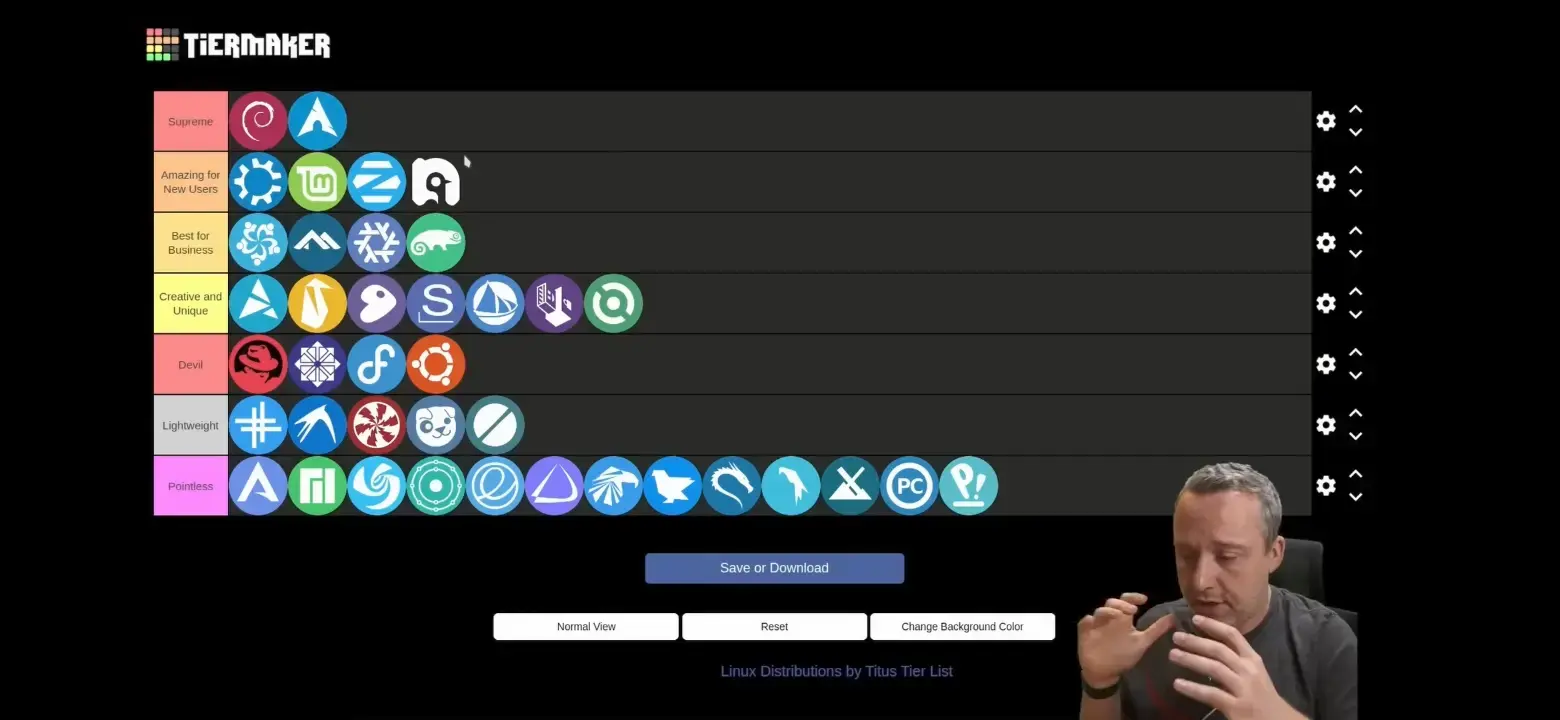It's just clickbait like most of his videos, I never really liked Chriss' videos, the tip of the iceberg was when he told people to disable kernel mitigation for a presumable performance boost (I tested it with disconnected network, it was like 2% on my machine), which is just plain dumb.
Use whatever distro you like, just know that you don't have to distrohop for some program (DE or WM or whatever). I personally use endeavour, simply because I've used arch (and derivatives) for a while now and endeavour is just arch with sensible defaults and a lot of the configuration one would do anyway already done.
